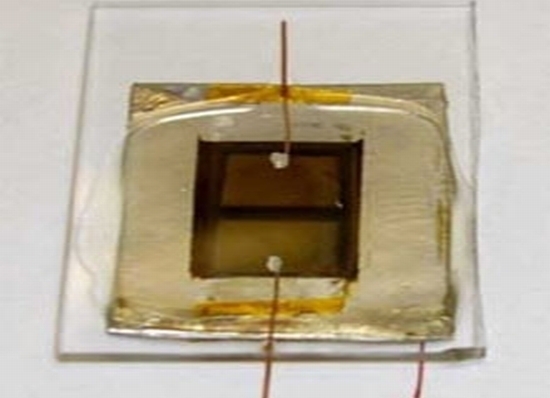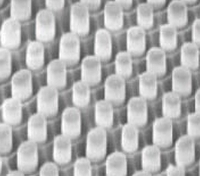
Nanopillar Solar cells are a new type of solar cells designed to cut down on cost. Developed by the researchers at the University of California, Berkeley, the solar cell is made of an array of vertical cadmium sulfide nanopillars embedded inside a matrix of cadmium telluride. The entire cell, formulated on thin aluminum foil, becomes malleable when sheathed in a transparent, rubber polymer. The nanopillar cells use inexpensive, inferior quality materials in comparison to the conventional silicon and thin-film technology making them less costly than conventional silicon photovoltaics.

Nanopillar cells v/s Conventional cells:
The conventional cells work by using silicon to soak up light and generate free electrons, which are immediately passed to the electric circuit before they get trapped at defects or impurities in the material. To attain efficient photovoltaic devices, the crystalline silicon used has to be extremely pure which is high on cost.
The nanopillar cells break down the tasks to be performed by silicon used in the cell. The material surrounding the pillars absorbs light and generates electrons whereas the pillars carry these electrons to the electric circuit. This splitting up of the silicon task increases the efficiency in two ways. The closely packed pillars enclose light between them, resulting the surrounding material absorb more. The electrons also have a very short distance to travel through the pillars, so there are fewer chances of their getting trapped in defects or impurities in the material. All this contribute to using low quality, less expensive materials.

